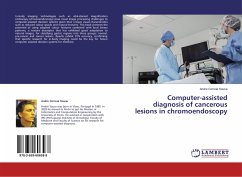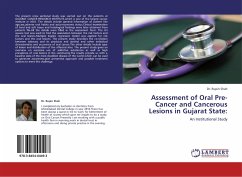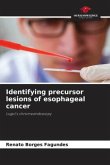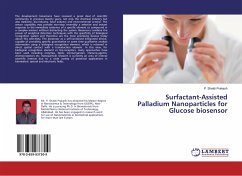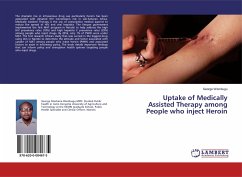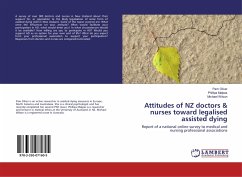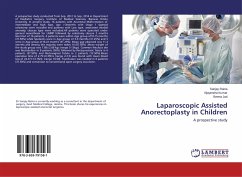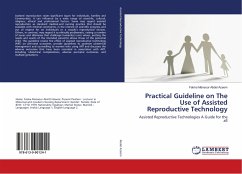In-body imaging technologies such as vital-stained magnification endoscopy (chromoendoscopy) pose novel image processing challenges to computer-assisted decision systems given their unique visual characteristics such as reduced colour spaces and natural textures. This book presents the potential of using adapted colour features combined with local binary patterns, a texture descriptor that has exhibited good adaptation to natural images, for classifying gastric regions into three groups: normal, pre-cancer and cancer lesions. Results exhibit 91% accuracy, confirming that specific research for in-body imaging could be the key for future computer assisted decision systems for medicine.
Bitte wählen Sie Ihr Anliegen aus.
Rechnungen
Retourenschein anfordern
Bestellstatus
Storno

